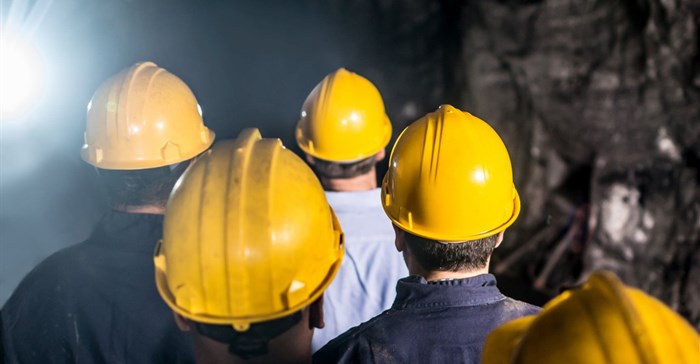






Both the Minerals Council South Africa and the trade union, Uasa, attribute this to engagement between organised labour, government and mining companies through campaigns such as Zero Harm and the Khumbula e’Khaya (Remember Home) CEO-led strategy to eradicate fatalities and injuries on the mines and to work towards the elimination of occupational diseases.
Mutiple fatality incidence were a major concern in 2017 and 2018. Since 1993, the industry has experienced a more than 92% decline in the number of fatalities from 615 to 51 in 2019 with a year-on-year improvement of 37% compared to 2018. There were no disasters recorded in 2019; this is for the first time since 2016.
In the 2018 to 2019 period, the number of fatalities improved by 37%. In 2019, 51 fatalities were reported as opposed to the 81 reported in 2018. This is the lowest number of fatalities reported by the sector to date, said Stanford Mazhindu, Uasa spokesperson in a statement.
However there was a 2% decrease in the number of injuries, from 2,447 in 2018 to 2,406 in 2019, while occupational diseases decreased by 23% from 4,483 cases in 2017 to 3,458 cases in 2018.
In the wake of the industry’s poor performance in the latter part of 2017 and the first half of 2018, when the industry experienced an increase in fatalities for the first time in a decade, the Minerals Council Board, through the CEO Zero Harm Forum, initiated a number of measures to holistically address health and safety.
The forum closely scrutinised the major causes of accidents, and prioritised the sharing of good practice, and endorsed additional research, some of it in collaboration with the Mine Health and Safety Council (MHSC).
In January 2019, the CEO Zero Harm Forum held a seminal event (known as CEO Heartfelt Conversations) which facilitated meaningful engagement amongst mining CEOs, and more senior industry representatives, on health and safety-related issues. These Heartfelt Conversations examined a number of crucial concerns, particularly in respect of visible leadership.
A direct outcome of the event, Khumbul’ekhaya was established. This strategy has placed at the forefront the elimination of fatalities as a priority, and to ensure that health and safety are addressed equally, while people are at work and beyond.
The industry-wide Health and Safety Days across the mining industry continued in 2018 and 2019 contributed to greater visibility of health and safety among all stakeholders, and a greater sense of collective responsibility.
There have also been notable improvements in disease incidence rates. There is a lag in the reporting of health-related performance, and so the statistics presented are for 2018. In the decade to 2018, the key disease rates for the mining sector - which include silicosis, TB and noise-induced hearing loss - improved by 74%, 63% and 56% respectively. These improvements, too, can be attributed to the collaborative and collective efforts of individual companies, Minerals Council programmes, the efforts of unions, government and tripartite initiatives led by the MHSC.
There has also been an improvement in counselling for HIV to 83% and screening for TB to 90%, which is better than the national average.